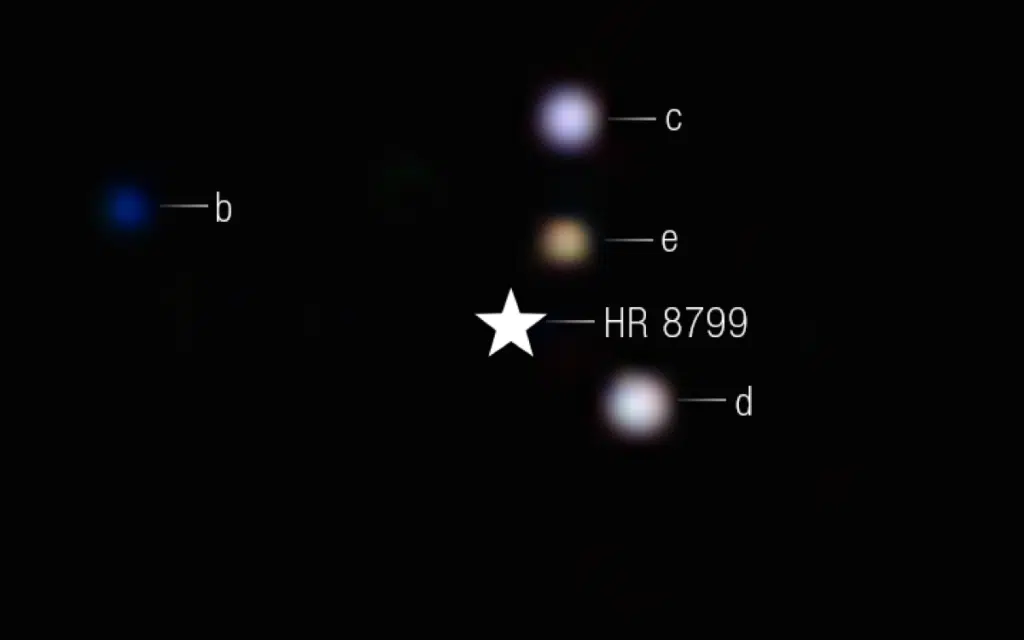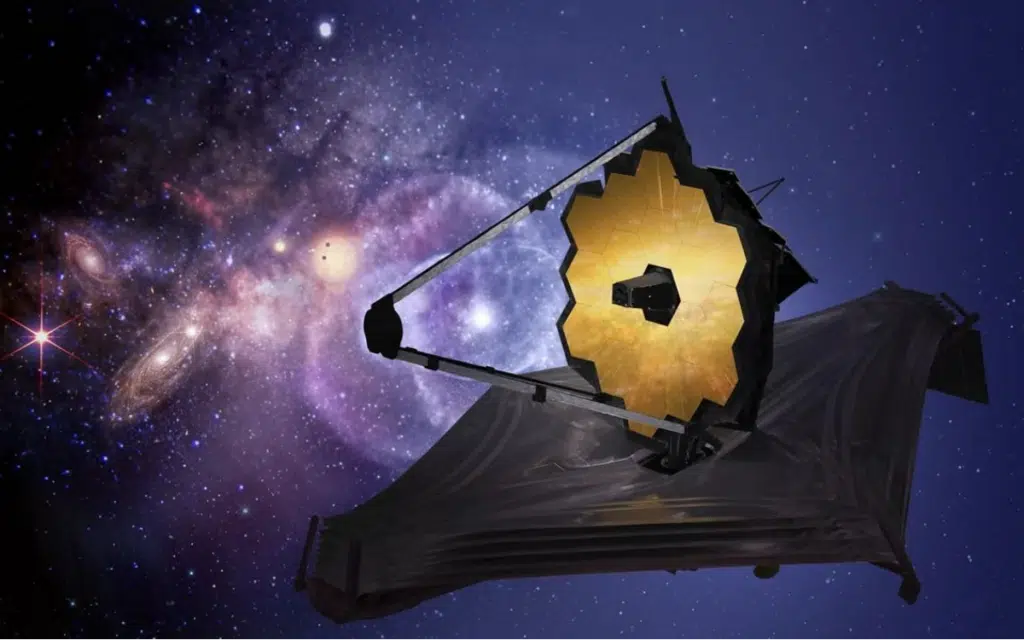James Webb Telescope snaps direct image of world 130 light-years away
- The James Webb telescope has captured images of four new planets
- These are located over 130 light years away from planet Earth
- The images could reveal much more about our own galaxy
Published on Mar 29, 2025 at 5:24 PM (UTC+4)
by Henry Kelsall
Last updated on Mar 27, 2025 at 12:33 PM (UTC+4)
Edited by
Kate Bain
The James Webb telescope has just snapped some incredible images in our solar system of worlds that are many light-years away.
The powerful telescope has taken images of planets that are far away, specifically ones that are called exoplanets.
These images will form valuable parts of research that will eventually help us understand our own solar system and those far away from us.
The images will also reveal the composition of other solar systems, how they compare to ours, and how they are similar or different to the one we live in.
DISCOVER OUR SUPERCAR AUCTION SITE – View live auctions on SBX Cars
The Webb telescope took some fascinating images
The research from the space telescope was recently published in The Astrophysical Journal.
The images show four planets, with the closest one to the star in the picture being HR 8799 e. This orbits over 1.5 billion miles from its star.
The furthest away is HR 8799 b, orbiting around 6.3 billion miles from the star, more than twice the orbital distance of Neptune.

While the images don’t provide jaw-dropping details of these new worlds, we are still looking at something extraordinary.
These far-off worlds could hide many secrets and potentially contain the other life forms we so desperately want to find.
Astronomers can also analyze the various light signals that come from these planets.
These planets are some of the youngest observed
As the telescope was able to point out, the four planets appear to be large, young, and very hot.
All four also orbit quite far from their star as the images show.
Interestingly, researchers have also detected carbon dioxide and carbon monoxide emanating from these worlds.
The planets have been observed to be very young in a planetary sense.
They’re estimated to be around 30 million years old, and likely formed in a similar way to Saturn and Jupiter.
Scientists are hoping that the images from Webb will help us understand our own galaxy better.

For example, we already know of super-Earths, bigger than our own.
But there’s still plenty we don’t know about our solar system.
Despite the amount of research in space we have already done, clearly, there is still so much to learn from the galaxy.
DISCOVER SBX CARS: The global premium car auction platform powered by Supercar Blondie

Henry is a content writer with nearly ten years experience, having written for various publications since 2017. Qualifying with a Sports Journalism degree from Staffordshire University, Henry loves all things automotive but has a particular soft spot for classic Japanese cars and anything Lancia. He also has a curious passion for steam locomotives.




